5 Ways to Use 3D Printers in Your Science Lab
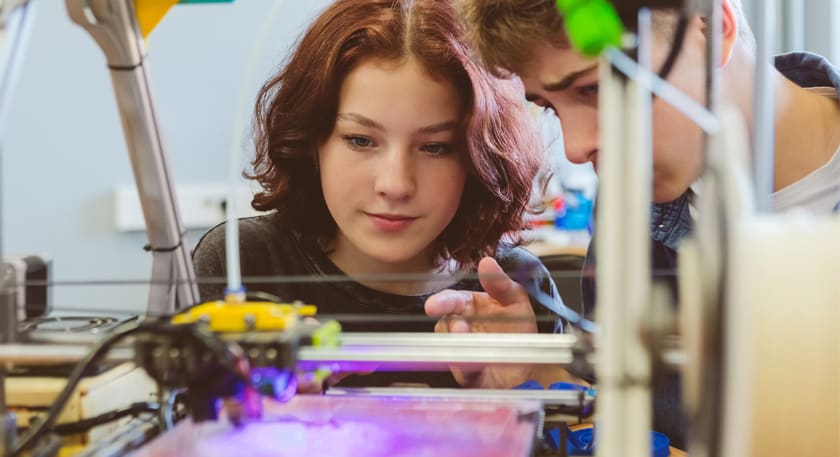
Middle & High School
3D printing (aka additive manufacturing) is becoming increasingly popular and easier to use. It’s a manufacturing process that creates a physical object from a digital design by laying down thin layers of material in liquid or powdered plastic, metal, or cement and then fusing the layers.
This technology is revolutionizing various fields, including education, engineering, manufacturing, healthcare, and more. 3D printers enhance science classes by bringing abstract theories to life and promoting hands-on learning. Educators can use it to help students develop skills for the future and foster creativity. Students must consider questions like How do I accomplish a task? How do I create or find a pattern? What data do I need?
How to incorporate 3D printing in the classroom.
Here are a few ideas to inspire your 3D printer lesson plans.
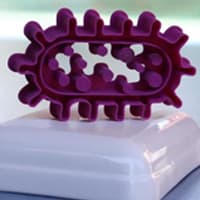 |
1. 3D Printed Biology Model Exploration: Provide students with the opportunity to explore and study complex biological structures. For example, print models of different cell types, human organs, or microscopic organisms like viruses and bacteria. Students can examine these models closely, gaining a deeper understanding of their structures and functions and connecting with the topics studied in class. Students will love making their own bacteria cookie cutter; get the free design at Thingverse for education, a design community for discovering, making, and sharing 3D printable things. |
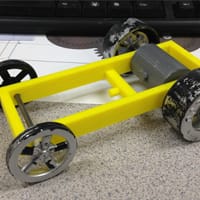 |
2. Design and Build Prototypes: Engage students in a design challenge where they must create and print prototypes related to scientific concepts. For instance, in physics, students can design and print simple machines or models of vehicles to understand concepts like force, motion, and energy. In engineering, they could design and print structures to test stability and load distribution concepts. These activities encourage creativity, critical thinking, and practical application of scientific principles. Get free prototype designs at Thingverse for education. |
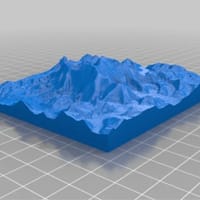 |
3. Geographical Landforms and Geological Layers: In earth science or geography classes, students can use 3D printers to create geographical landforms, such as mountains, valleys, and volcanoes. They can also design geological layers to represent the different soil and rock compositions in specific regions. By physically assembling these 3D-printed models, students will better grasp the Earth's structure and geological processes. Head over to Thingverse for geology designs. |
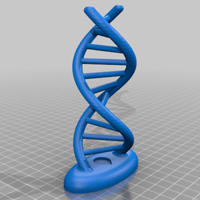 |
4. Genetics Modeling: Teach genetics in a visually engaging way by printing 3D models of DNA molecules. By constructing and handling these models, students can understand the concept of base pairing and the double helix structure. This activity is ideal for biology classes and helps students grasp the fundamental principles of genetics more effectively. Thingverse has several options. DigitalCommons@University of Nebraska – Lincoln shares a more intricate design for a flexible DNA model, including a video demonstration. |
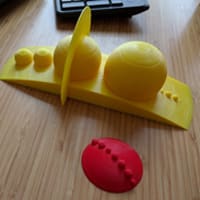 |
5. Solar System and Celestial Bodies: In astronomy lessons, 3D printing can create scaled models of the solar system and celestial bodies. Students can design and print models of planets, moons, and asteroids to explore their sizes, distances, and relative positions. This activity makes learning about space more enjoyable and aids in comprehending the vastness of the universe. |
Check out our How to Choose a 3D Printer guide to get started in your classroom.
When incorporating 3D printing into classroom activities, it's essential to provide students with guidance, resources, and encouragement to explore their ideas and refine their designs. Bringing 3D printing into the classroom isn't just about creating objects; it's about making 'Wow!' a part of every class. Turn imagination into reality.
Recommended Products
[StartProductBlock]

3D Printers, Software, and Accessories
A wide range of resources to incorporate 3D printing technology in your classroom and prepare students for real-world science careers with real-world equipment.
[EndProductBlock]
[StartProductBlock]
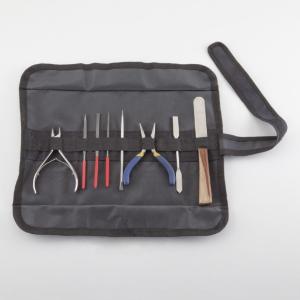
3D Printer Cleaning Kit
This handy set includes eight tools to assist with a new 3D-printed creation.
[EndProductBlock]
